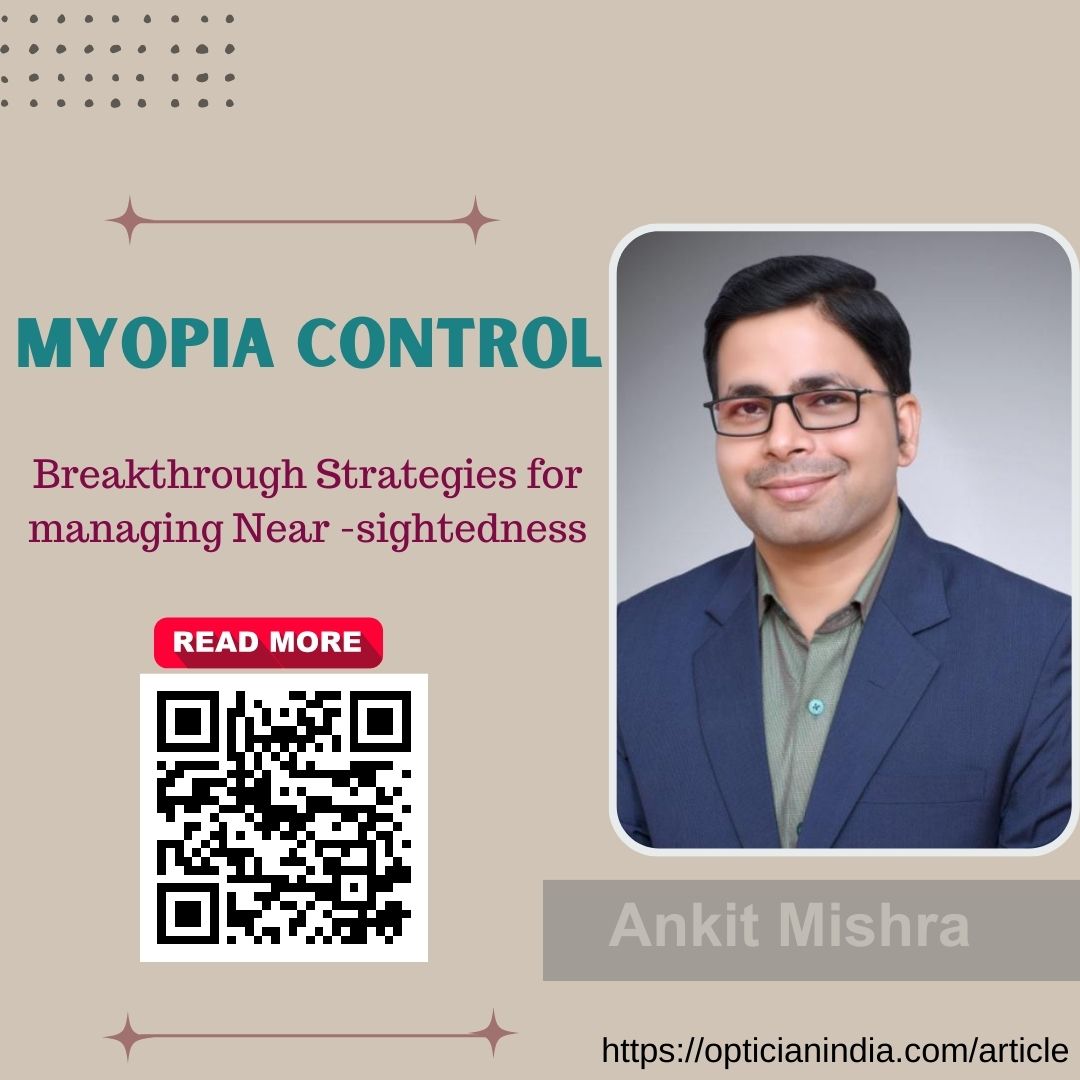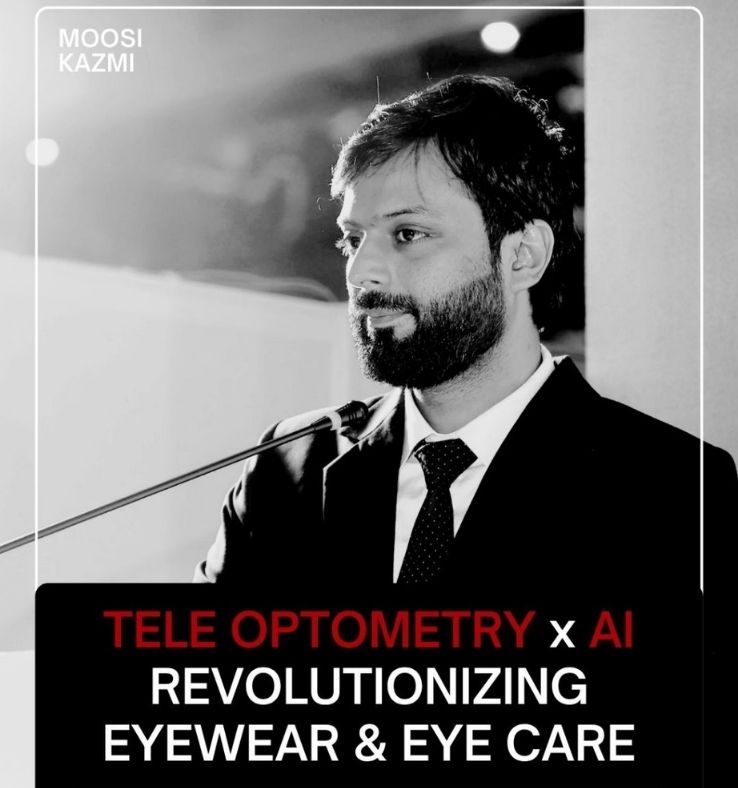MYOPIA CONTROL: Breakthrough Strategies for managing Near -sightedness

Myopia control refers to the management and treatment strategies aimed at slowing down the progression of myopia, also known as near-sightedness. Myopia is a refractive error where distant objects appear blurry, while close objects can be seen more clearly.
The prevalence of myopia has been increasing globally, and it is considered a major public health concern. High myopia is associated with an increased risk of various eye conditions such as retinal detachment, glaucoma, and macular degeneration, which can lead to vision loss or impairment. Therefore, myopia control has gained significant attention in recent years.
Here are some common methods used for myopia control:
| 1. Atropine eye drops: Low-dose atropine eye drops have been shown to effectively slow down myopia progression. Atropine dilates the pupil and relaxes the focusing mechanism of the eye. The exact mechanism of how it works to control myopia is not fully understood. |  |
| 2. Multifocal contact lenses: Multifocal contact lenses are designed with different powers in different zones of the lens. They provide clear vision for both distance and near objects, which may help slow down the progression of myopia. |  |
3. Orthokeratology (Ortho-K): This is a non-surgical procedure where special rigid gas-permeable contact lenses are worn overnight. These lenses reshape the cornea temporarily, allowing the wearer to have clear vision during the day without the need for glasses or contact lenses. Ortho-K has been shown to slow down myopia progression, but the effects are reversible if the lenses are discontinued.
4. Multifocal eyeglasses: Similar to multifocal contact lenses, multifocal eyeglasses have different lens powers in different zones, allowing clear vision at different distances. They are typically used for children and young adults.
5. Outdoor activities and reduced near work: Spending time outdoors and reducing excessive near work, such as reading or using digital devices for extended periods, have been associated with a reduced risk of myopia progression. The exact reasons for this are not yet fully understood, but it is believed that the increased exposure to natural light and reduced focusing strain may play a role.
It's important to note that myopia control methods should be discussed with an eye care professional, such as an optometrist or ophthalmologist, who can evaluate the specific needs and suitability of each individual. The effectiveness of these methods may vary depending on various factors, including the age of the individual, the severity of myopia, and other individual characteristics
Conclusion: Myopia control is a growing field with various strategies aimed at slowing down the progression of near -sightedness. Atropine eye drops, multifocal contact lenses, orthokeratology, multifocal eyeglasses, and lifestyle modifications have shown promising results in reducing the rate of myopia progression. However, it is crucial to consult with an eye care professional to determine the most suitable approach for each individual. continued research and advancements in myopia control techniques will contribute to improved visual health and reduced risks associated with high myopia in the future lowering down the progression of near-sightedness.

.jpg)

.jpg)
.jpg)
.jpg)


1.jpg)



.jpg)
.jpg)



_(Instagram_Post).jpg)
.jpg)
_(1080_x_1080_px).jpg)


with_UP_Cabinet_Minister_Sh_Nand_Gopal_Gupta_at_OpticsFair_demonstrating_Refraction.jpg)
with_UP_Cabinet_Minister_Sh_Nand_Gopal_Gupta_at_OpticsFair_demonstrating_Refraction_(1).jpg)

.jpg)








.jpg)



.png)




